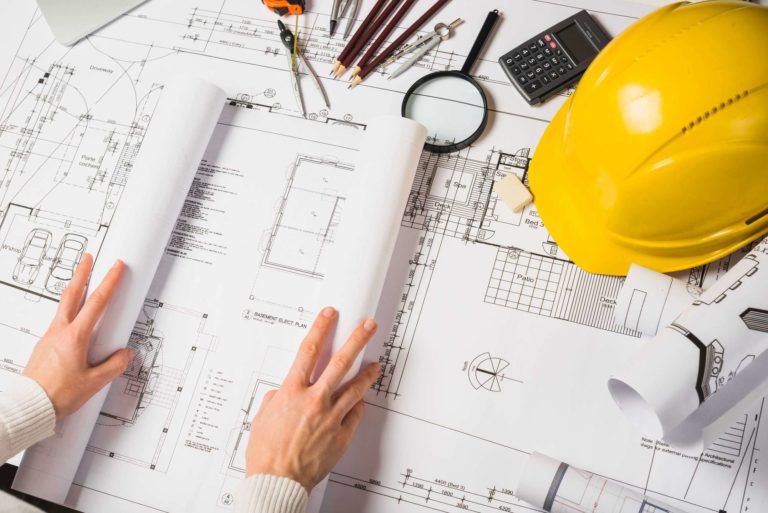Stainless steel is a remarkable material that has revolutionised the modern world in countless ways. From the kitchen to the skyscrapers, stainless steel is everywhere. It’s a durable, rust-resistant, and versatile material that has entered almost every industry. But how did this wonder metal exist, and how has it evolved? Let’s dive deep into the history and evolution of stainless steel.
Looking Back on the History of Stainless Steel
The history of stainless steel dates back over a century, when metallurgists began experimenting with alloys in the early 1900s. Initially, they attempted to create strong and corrosion-resistant steel, which was a significant challenge. However, their efforts eventually paid off when a British metallurgist named Harry Brearley discovered stainless steel in 1913.
Brearley’s discovery resulted from a series of experiments with different steel alloys. He was trying to create steel resistant to corrosion and erosion, so he added chromium. This addition of chromium to the steel alloy made the first stainless steel incredibly resistant to corrosion and oxidation.
In the decades following Brearley’s discovery, stainless steel has undergone several improvements and refinements. Adding other elements, such as nickel, molybdenum, and nitrogen, has made stainless steel even more corrosion and oxidation-resistant. As a result, stainless steel has become increasingly popular in many industries, including kitchenware, construction, and automotive.
Exploring the Different Stainless Steel Applications: Then and Now
Stainless steel’s unique properties make it an ideal choice for various applications. It’s highly corrosion-resistant, has an excellent strength-to-weight ratio, and is easy to fabricate. It also has a long lifespan, making it a perfect choice for long-term projects.
In the past, stainless steel was primarily used for cutlery, kitchenware, and building construction. It was also used for exhaust systems and other components in the automotive industry. Today, stainless steel is used for much more comprehensive applications.
One of the most common uses for stainless steel is in the food industry. As mentioned, stainless steel is highly corrosion-resistant, making it an ideal choice for food-grade equipment. It’s also non-porous, meaning it won’t absorb odours or bacteria. This makes it an excellent choice for food storage and preparation. Likewise, stainless steel is used in the medical industry for surgical instruments and other tools.
Stainless steel is also used in various industrial applications to make structural components, such as beams and columns, as well as machine parts and tools. In the automotive industry, stainless steel is used for exhaust systems and other components.
Finally, stainless steel is used in the construction industry for structural supports, railings, and other components to create beautiful, long-lasting architectural features.
Milestones in the History of Stainless Steel
The invention of stainless steel is credited to Harry Brearley in Sheffield, England, in 1913. Brearley was looking for a steel alloy that would resist corrosion, and he eventually stumbled upon a combination of chromium and nickel. This combination proved remarkable properties, and the resulting stainless steel was quickly adopted for use in surgical scalpels, tools, and cutlery.
By the 1920s, various nickel and chromium combinations were tested, leading to the “18/8” label commonly used in stainless steel production today. In 1925, stainless steel was used to store nitric acid, proving its corrosion resistance. This was followed by the first surgical implants made of stainless steel in 1926.
The 1930s saw stainless steel expand to the food industry, with the first stainless steel train and kitchen sinks being built in the USA. Stainless steel was also used to create the first aircraft in 1931. By 1935, stainless steel kitchen sinks had become widely used, and Type 430 stainless steel was used to make a 0.1mm wire for a voice-recording machine.
In 1954, the first stainless steel underwater TV camera was manufactured. Ten years later, in 1966, the world’s first tidal power station with stainless steel turbine blades was completed in France. In the 1980s, stainless steel was used to build the world’s most extended movable flood barrier on the Thames.
The Bottom Line: Stainless Steel Today
Today, stainless steel is a ubiquitous material that is used in countless applications. The evolution of stainless steel has enabled us to create more durable, corrosion-resistant, and cost-effective products than ever before. This material has revolutionised how we live and work, and its uses will continue to evolve.
Stainless steel drip drains are perfect if you are looking for a reliable, low-maintenance, and stylish solution for managing water runoff and drainage. They are durable, customisable, easy to install and maintain, and will provide years of reliable service. Yeti Civil Products offers many stainless steel drain solutions to suit your needs. Contact us today!

